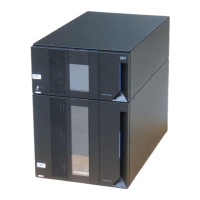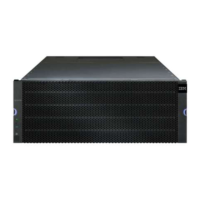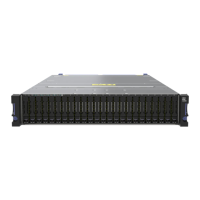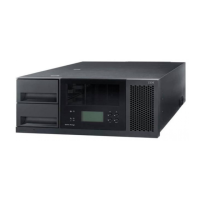236 IBM Midrange System Storage Hardware Guide
4.10.3 Changing the RAID array level
Changing the RAID level of an array is performed in a nondisruptive manner. The system
remains fully operational while the process takes place. A few possible reasons why
customers might want to do this operation are:
The storage requirements changed over time and existing RAID levels are no longer
optimal for a particular environment.
The performance tuning process indicates that a different RAID level is more appropriate
than the existing one.
It is possible to change any RAID level to any other one. There are some restrictions that
apply to the new arrays:
RAID 1 or 10 requires an even number of disk drives.
RAID 3 and 5 require at least three drives.
RAID 6 requires at least five drives.
There is a limit of 30 drives per array for RAID 3, 5, and 6 arrays.
There are limitations if there is not enough free space in the array. For example, a RAID 5
array of four disk drives with no free space cannot be migrated directly to RAID 1. If this
migration is attempted, an error message will be displayed stating that there is not enough
free space. There must be enough free capacity to change the RAID level. Also, if the array
has an odd number of drives and a migration to RAID 1 is required, a disk must be added to
the array prior to performing the procedure.
When changing from RAID 1 to RAID 5, free space in the array can be gained, which can be
used to define new logical drives or expand existing ones.
When the procedure starts, it reorganizes the data segments in the array according to the
new RAID level, and a large amount of I/O happens, so there is an impact on performance
while the migration lasts. The performance impact can be controlled to a certain extent by
changing the value of the modification priority. This parameter is set on a logical drive basis,
which is where it should be changed for all logical drives in the array.
Changing the modification priority to a low value during the migration process minimizes
performance degradation. When the migration finishes, the value can be increased to reduce
the time for a rebuild in case of a drive failure. This minimizes the critical time of
non-redundant operation caused by the disk drive fault.
Even though the DS5000 storage subsystem always tries to optimize the layout of the disk
arrays, some settings might require a change to optimize the disk usage or the performance.
Attention: Once the migration starts, it cannot be stopped.
Note: Even though RAID migration is a nondisruptive process, we recommend carrying
out this migration when I/O activity is at a minimum.
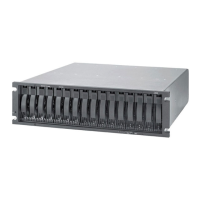
